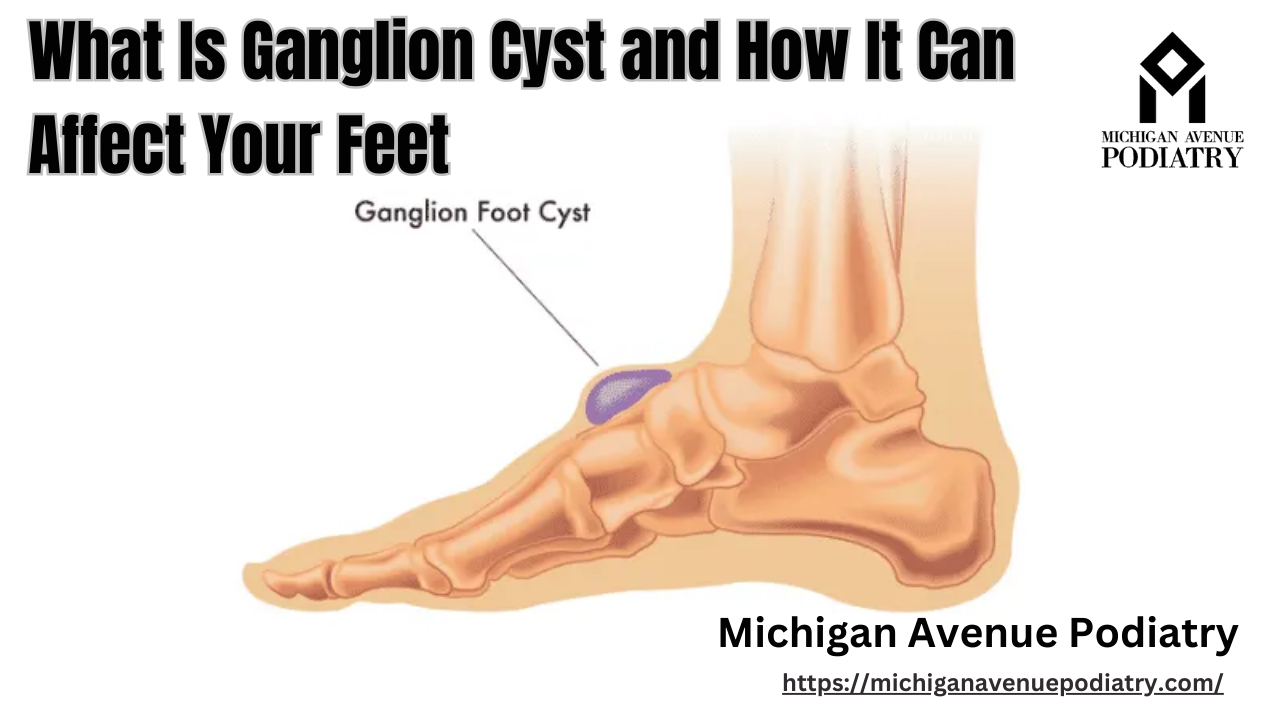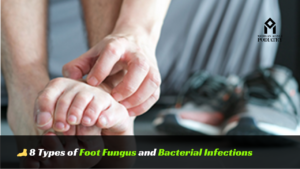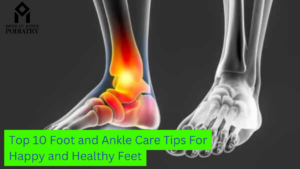Ganglion cysts are mysterious lumps that can appear seemingly out of nowhere, causing discomfort and concern for those affected. In this comprehensive guide, we’ll explore what ganglion cysts are, how they can affect your feet, and the various treatment options available to address this common podiatric condition.
Deciphering the Enigma of Ganglion Cysts
Ganglion cysts, often referred to as “bible cysts” due to their historical treatment with bibles or other heavy objects, are noncancerous lumps that typically develop along the tendons or joints of the wrists and hands. However, these fluid-filled sacs can also affect the feet, posing unique challenges for diagnosis and treatment. Let’s delve into the intricacies of ganglion cysts and their impact on foot health.
Understanding Ganglion Cysts: Causes and Symptoms
Ganglion cysts arise from the lining of a joint or tendon sheath, resulting in the accumulation of synovial fluid within a sac-like structure. While the exact cause of ganglion cysts remains unknown, factors such as trauma, repetitive stress, and joint or tendon irritation are believed to contribute to their development. In the feet, ganglion cysts commonly occur near the ankles or on the top of the foot, often presenting as firm, round lumps that may vary in size. While ganglion cysts are typically painless, they can cause discomfort or interfere with normal foot function if they press on nearby nerves or tissues.
Diagnosis and Evaluation of Ganglion Cysts
Diagnosing a ganglion cyst often begins with a thorough physical examination by a podiatrist or healthcare provider. The characteristic appearance and location of the cyst, coupled with a review of the patient’s medical history and symptoms, can help confirm the diagnosis. In some cases, imaging tests such as ultrasound or MRI may be recommended to visualize the cyst and assess its relationship to surrounding structures.
Treatment Options for Ganglion Cysts
While ganglion cysts may resolve spontaneously or remain asymptomatic, treatment may be necessary if the cyst causes pain or interferes with foot function. Several treatment options are available for ganglion cysts, including:
- Observation: In cases where the ganglion cyst is small and asymptomatic, a “watch-and-wait” approach may be recommended, with periodic monitoring to assess any changes in size or symptoms.
- Conservative Management: Non-surgical treatments such as aspiration (draining the fluid from the cyst) or corticosteroid injections may be used to reduce the size of the cyst and alleviate symptoms. However, these treatments carry a risk of recurrence and may not provide long-term relief.
- Surgical Excision: For persistent or symptomatic ganglion cysts, surgical removal may be recommended. During the procedure, the cyst and its surrounding tissue are excised to prevent recurrence and alleviate symptoms. Surgical excision is typically performed under local anesthesia on an outpatient basis, with minimal downtime and a high success rate.
Prevention and Lifestyle Modifications
While ganglion cysts cannot always be prevented, certain lifestyle modifications and preventive measures may help reduce the risk of their development. Avoiding repetitive stress or trauma to the joints and tendons, wearing supportive footwear, and practicing proper foot hygiene can help maintain foot health and minimize the risk of ganglion cyst formation.
Conclusion: Empowering Foot Health Through Knowledge and Treatment
Ganglion cysts may present a perplexing challenge for those affected, but with the guidance of a skilled podiatrist and an understanding of available treatment options, individuals can overcome this common podiatric condition and reclaim optimal foot health. By staying informed, proactive, and attentive to changes in foot health, you can navigate the complexities of ganglion cysts with confidence and embrace a future free from discomfort and concern.




